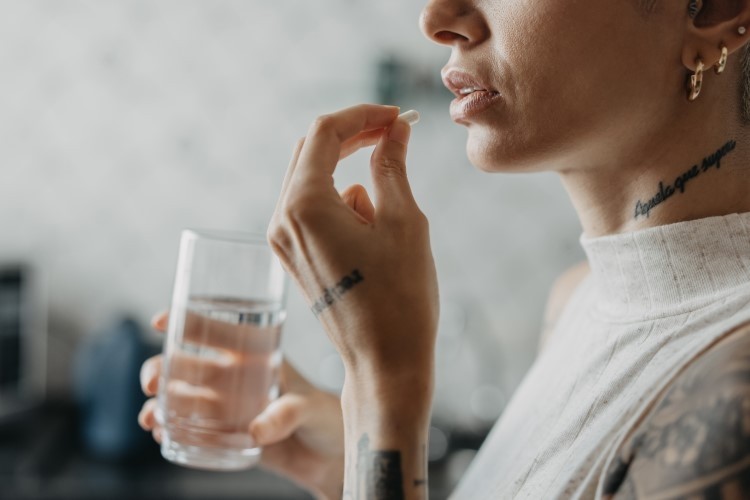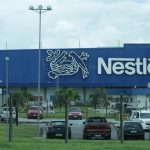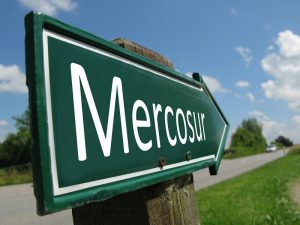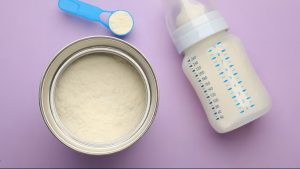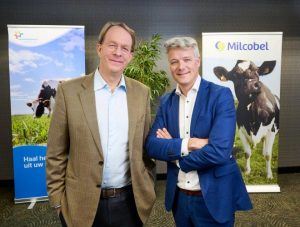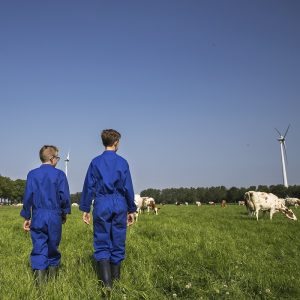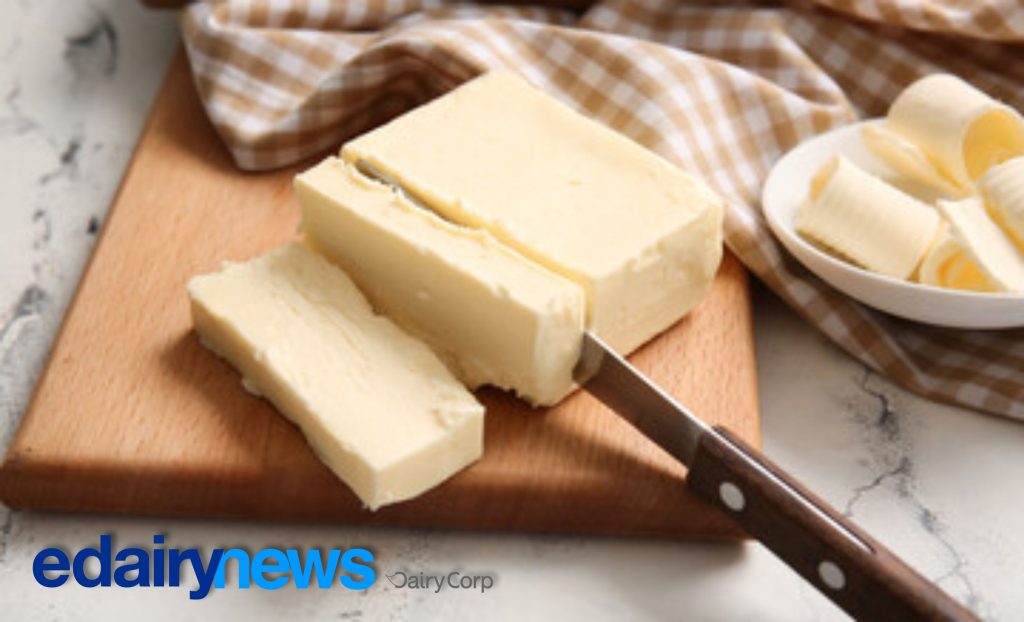
FrieslandCampina Ingredients says the €80m ($87m) new-built facility increases the co-op’s overall production capacity for the lucrative ingredient from 20mt to 80mt per year.
Lactoferrin is a glycoprotein, which occurs naturally in colostrum and breast milk and has been linked to a number of health benefits thanks to its iron absorption and anti-pathogenic properties. FrieslandCampina, which uses mild heat treatment to produce lactoferrin from milk, says its product is at least 95% pure and has ‘considerable’ iron-binding properties.
The new facility benefits from new equipment, including technology for absorption and elution, filtration and spray-drying, while cow’s milk will be supplied by the co-op’s farmer members.
“The opening of this new plant has been driven by growing demand for lactoferrin in both the adult and early life nutrition markets,” Herman Ermens, president of FrieslandCampina Ingredients, told DairyReporter. “We consistently see high demand for lactoferrin across both segments around the world.
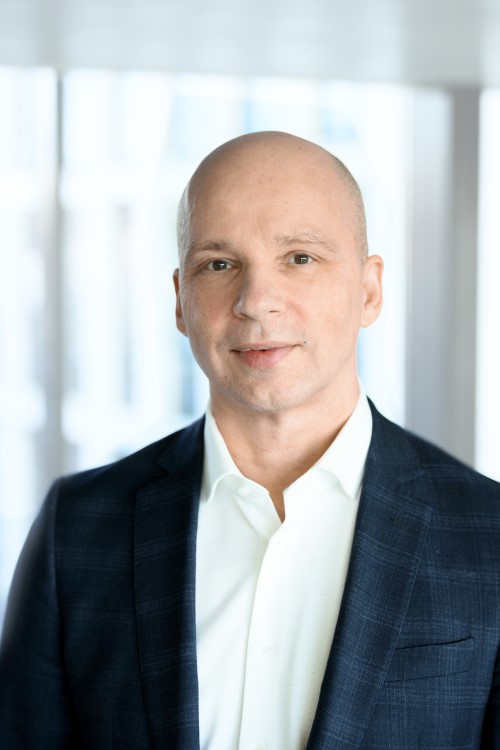
In recent years, the ingredient has been increasingly sought-after for use in dietary supplements and to boost iron levels, and also has a potential to improve oral hygiene, support weight loss, and improve skin health.
“In both markets, brand owners continue to look for new formats, such as fast melts, in addition to traditional supplement formats like capsules and tablets,” Ermens added. “This trend is most prominent in the US where the supplement industry is very mature. Another key trend driving demand for lactoferrin is the dual positioning of immune health with other health benefits like improved mood, sleep, cognition, athletic performance, and more.”
Built sustainably
The lactoferrin production site is a completely new facility built on the co-op’s existing premises in Veghel in southern Netherlands. It has been built with sustainability in mind and is powered by green electricity while water and salt residues are reused. “Improving the sustainability of all our ingredients is a core focus for us at FrieslandCampina Ingredients,” Ermens explained. “It’s our mission to help our customers make sustainability progress at scale. So, embedding sustainable building principles in our new processing facility was a top priority.
“The facility will be run on 100% green electricity, which is largely generated by our nearly 10,000 member farms,” he added. “Additionally, water and salt needed during the manufacturing process are reused several times. When they can no longer be reused, the final salt residues are transported to a specific waste processing facility, while final wastewater is cleaned and then sent to a sewage treatment facility. This is part of our ongoing commitment to produce climate-neutral dairy by 2050.”
Besides its own lactoferrin production, the Dutch co-operative has a collaboration with US dairy co-op United Dairymen of Arizona to bring the ingredient to the market.
Market outlook
According to a Future Market Insights forecast report, the value of the global lactoferrin market is expected to almost triple in a decade, reaching a valuation of $711.9m by 2033 from $247m in 2023.
Sales are likely to be boosted by an increase in spending on functional and healthy foods, as well as growing demand for the ingredient by the nutraceutical, infant formula and clinical nutrition sectors.
Bovine lactoferrin is the primary lactoferrin used in medicines for humans, owing to availability and, in the US, its GRAS classification by the Food and Drug Administration.
But animal-free lactoferrin is also starting to permeate the market, thanks to foodtech startups such as US and Singapore-based TurtleTree and South Africa’s De Novo Dairy, which both use precision fermentation to create the protein.
Recently, TurtleTree debuted its LF+ lactoferrin, which the company plans to start distributing commercially in Q4 2023. To demonstrate the ingredient’s potential for use in the food and beverage industry, the start-up presented investors with several LF+-fortified food products, such as a sorbet, a plant-based milk, and sparkling water.
